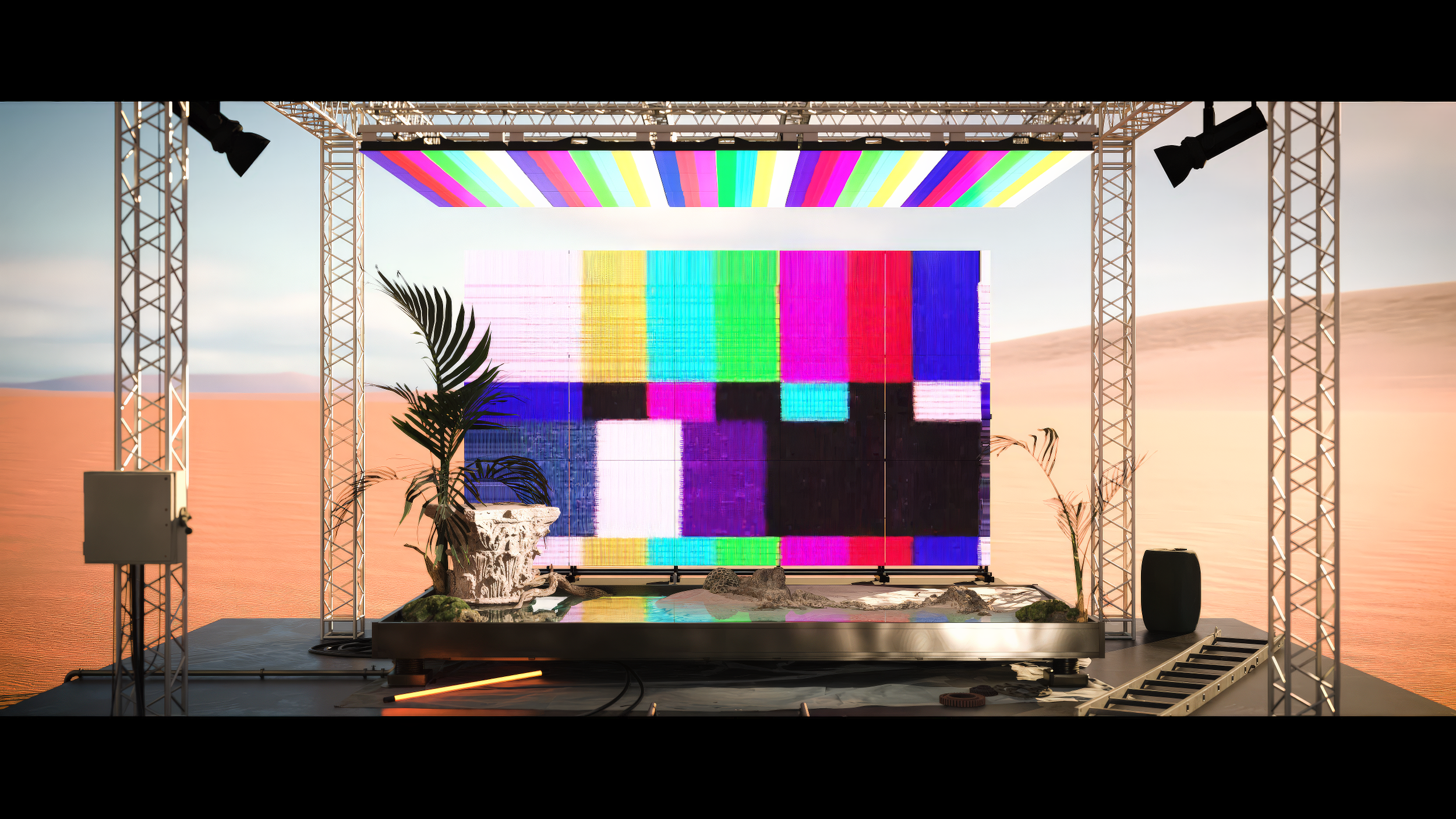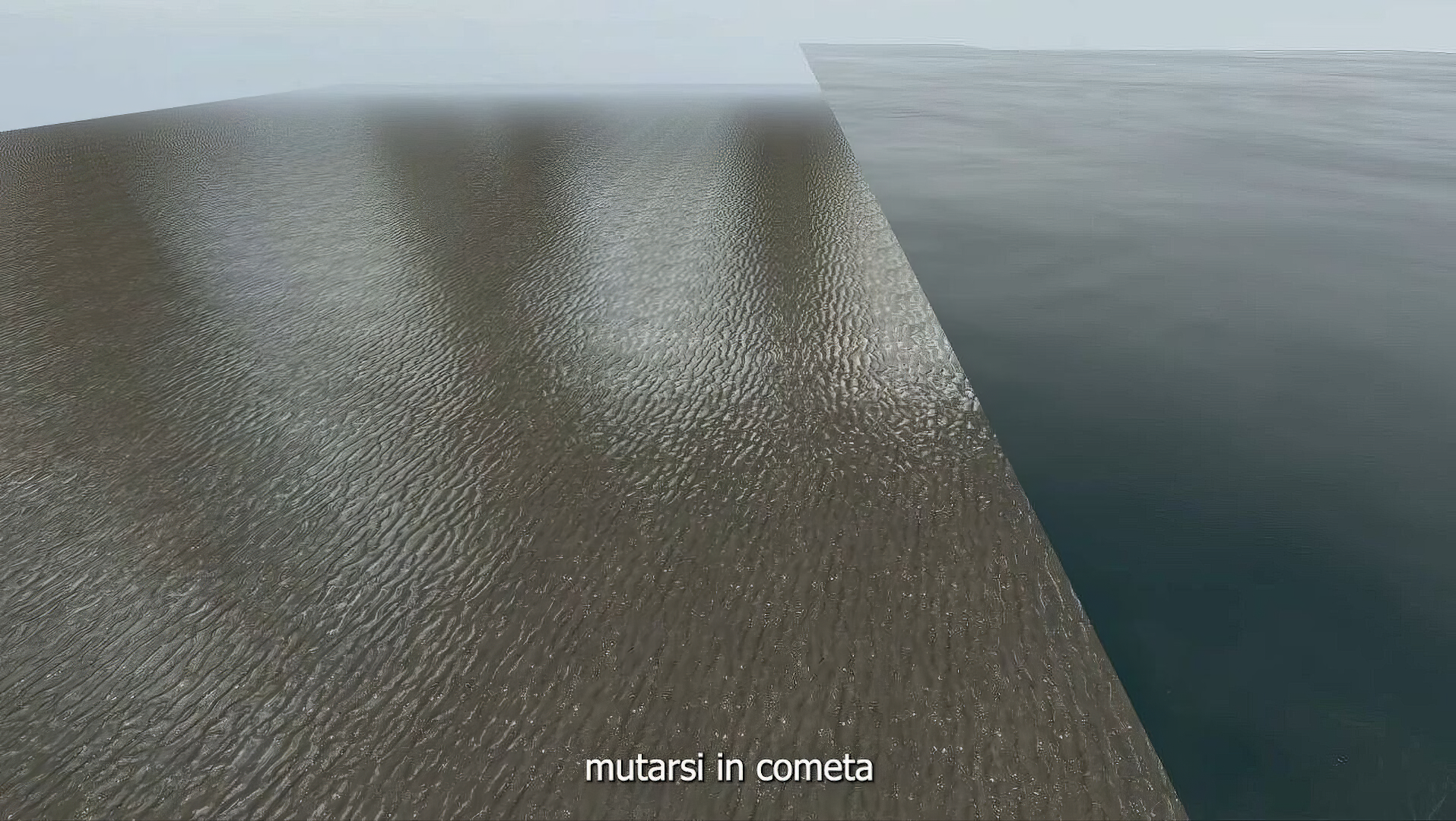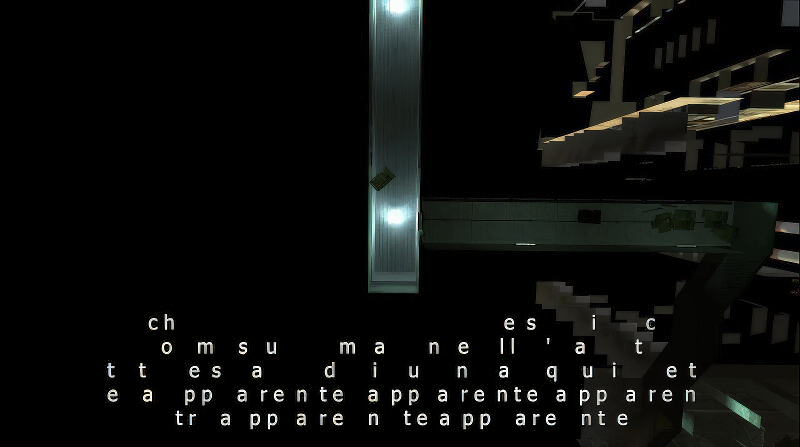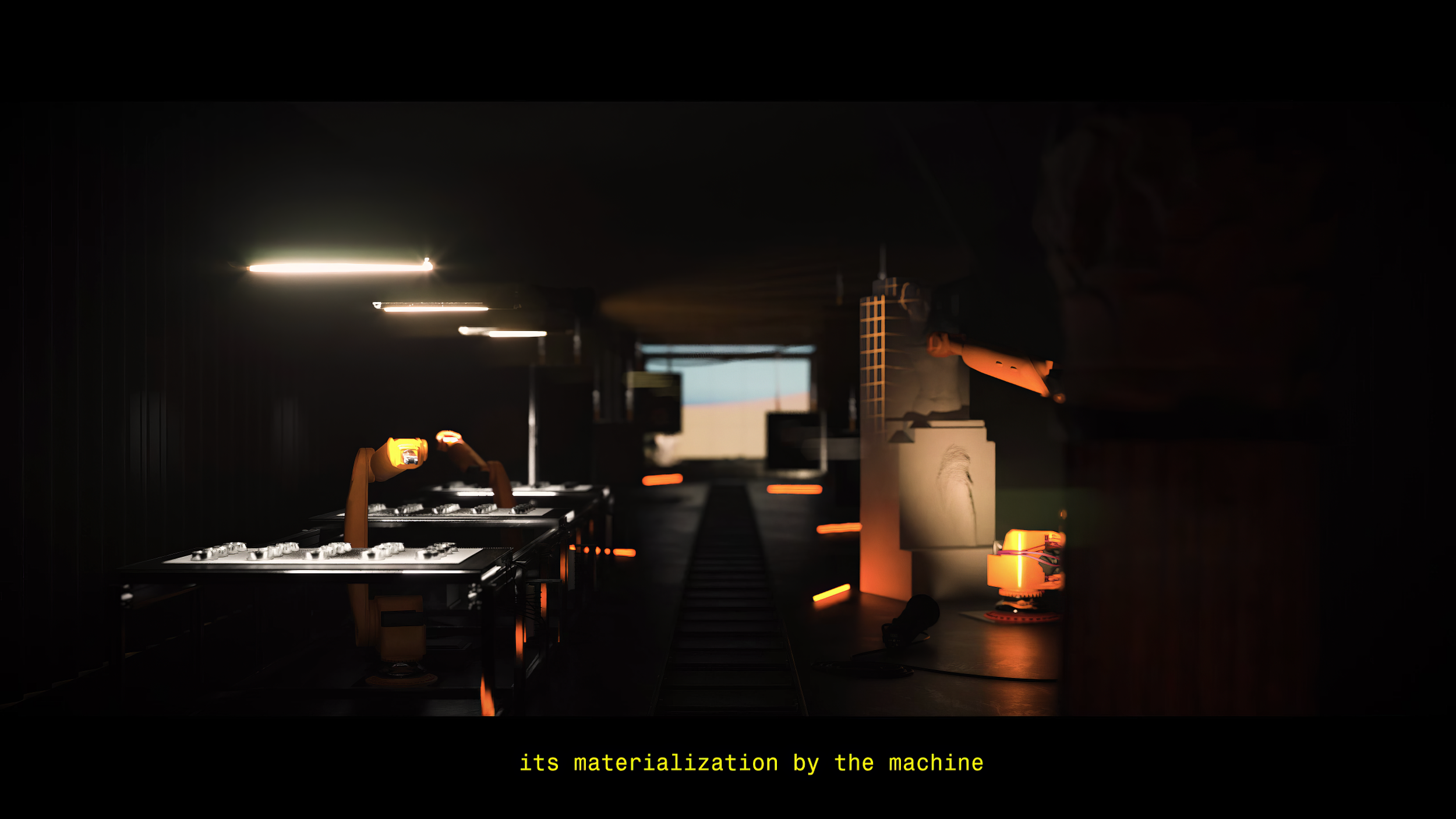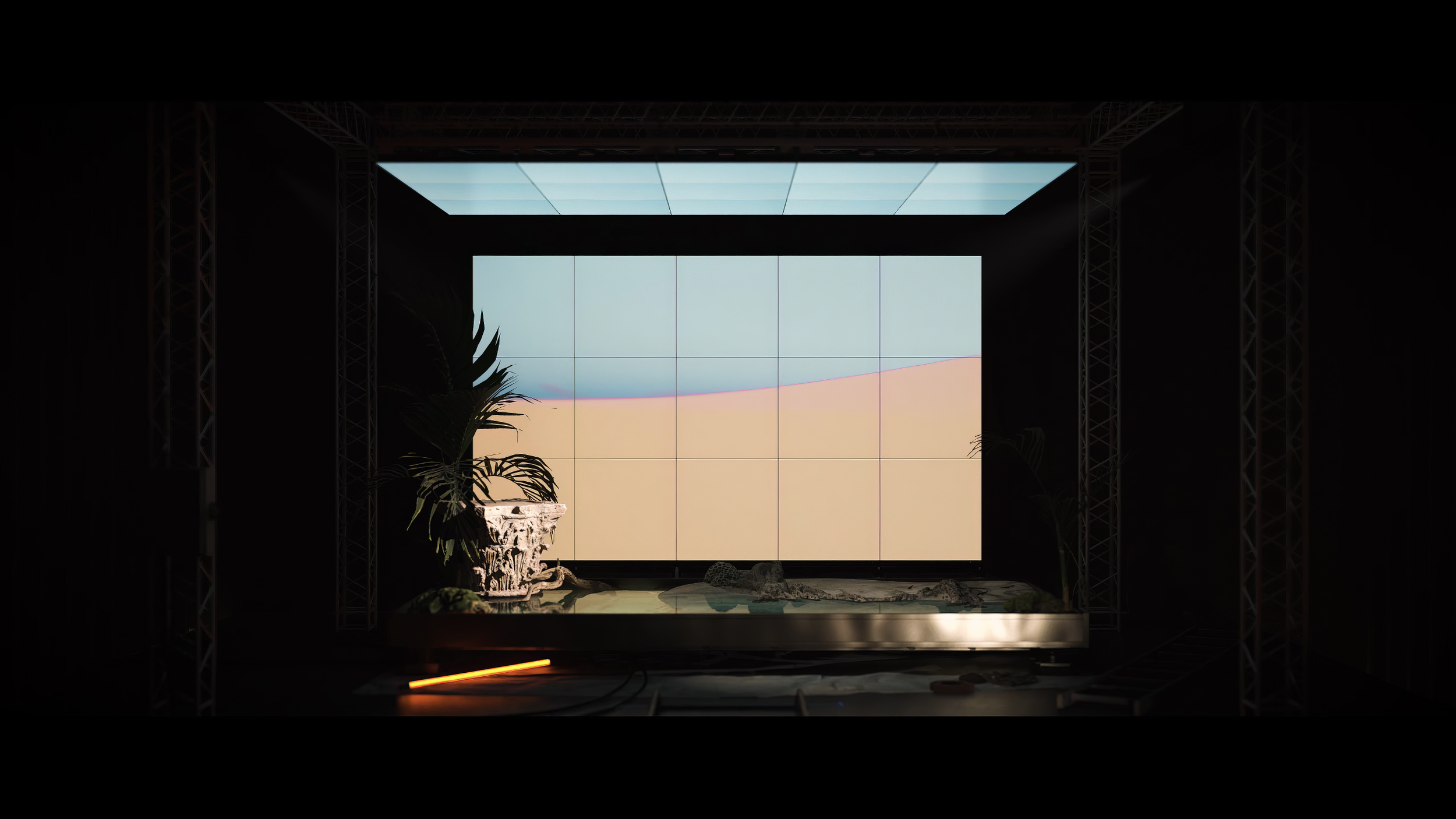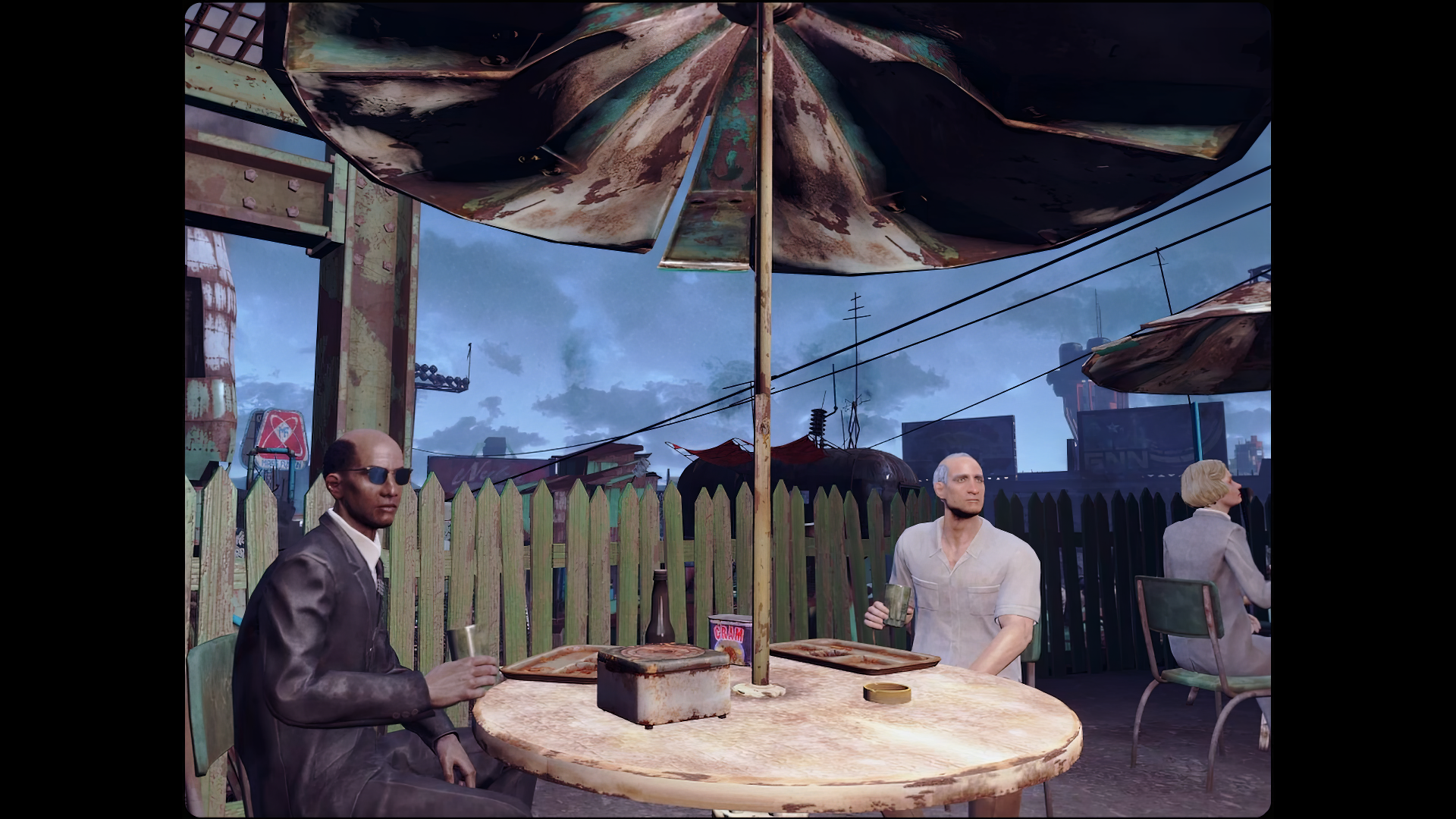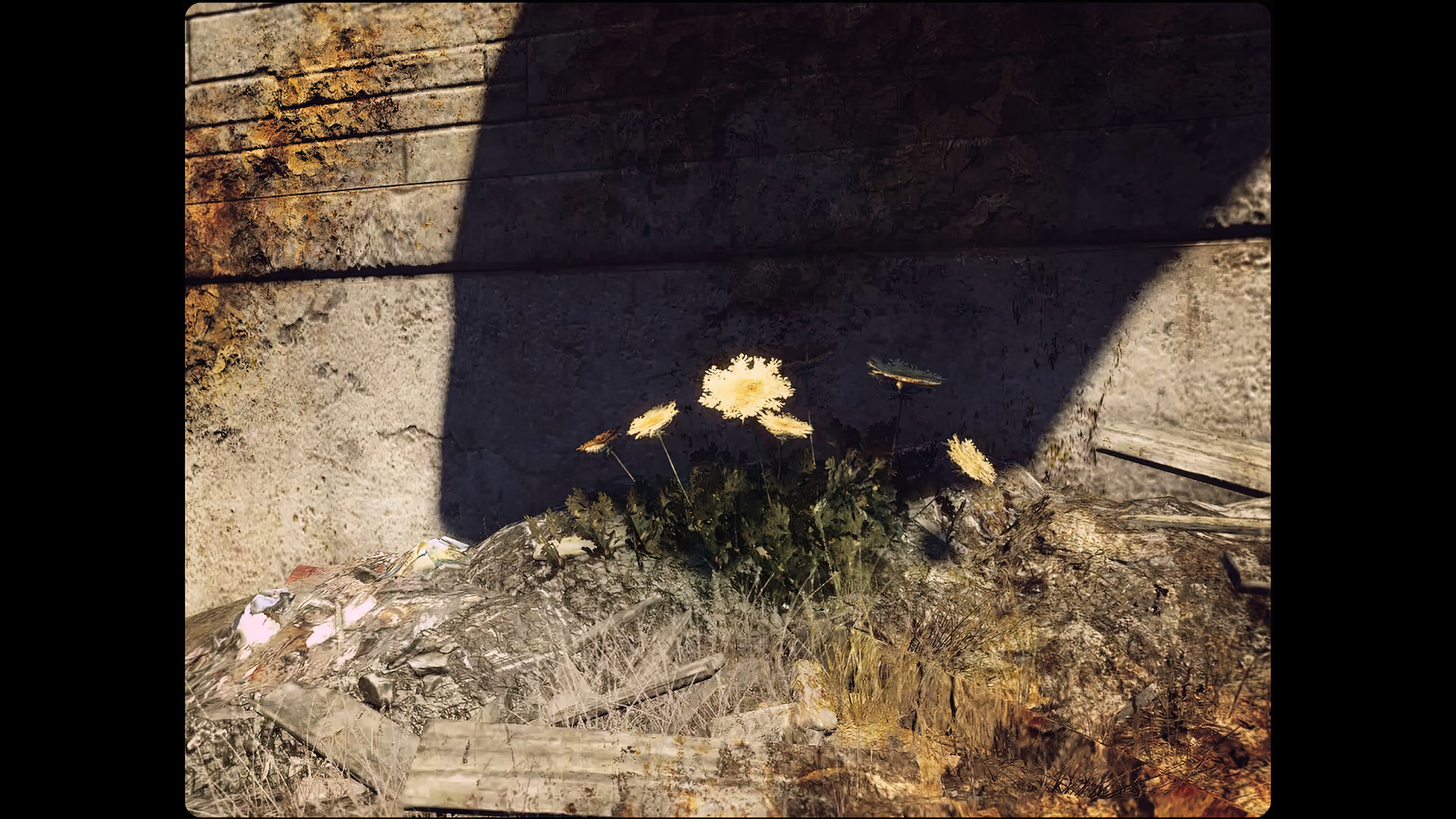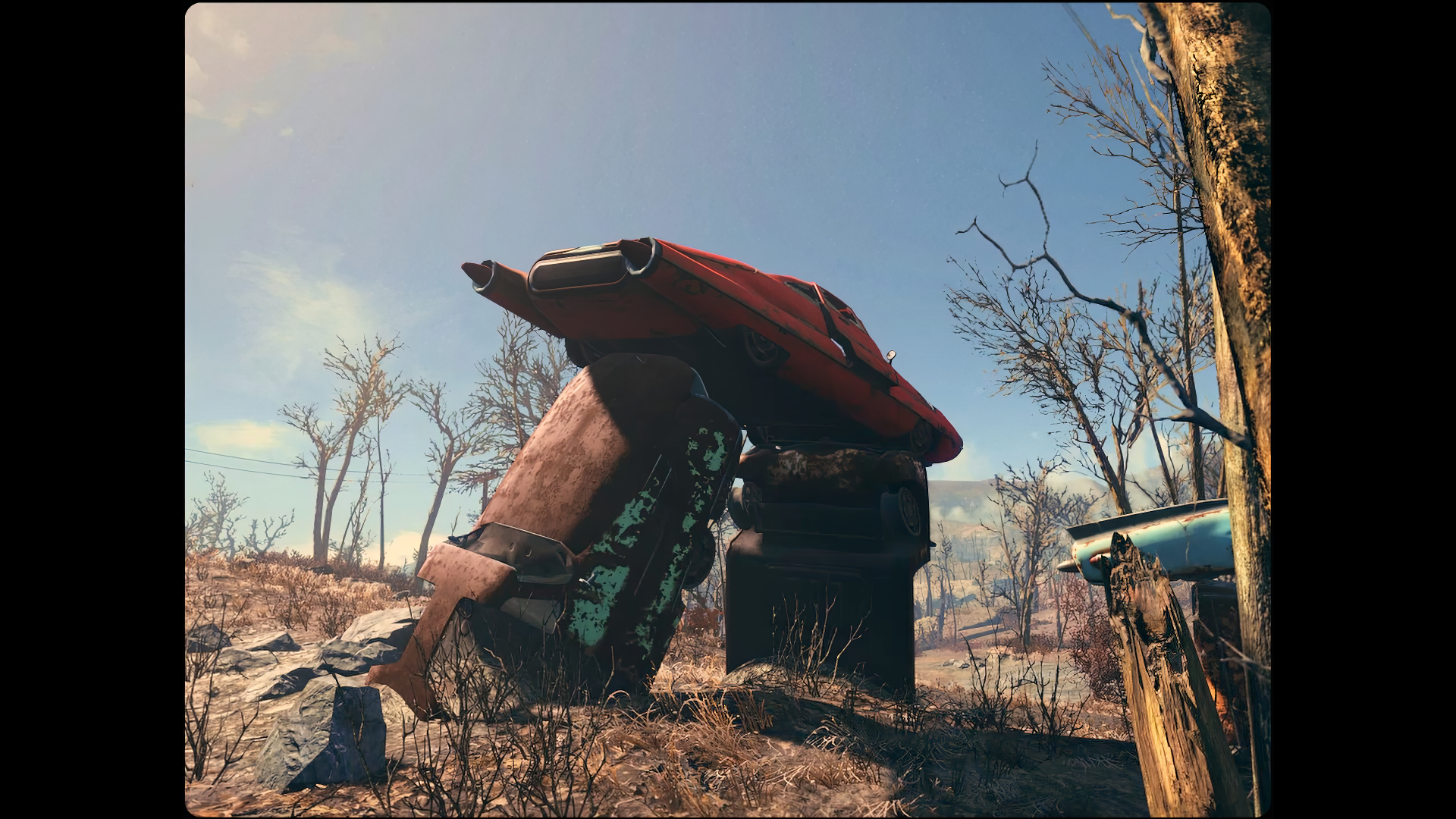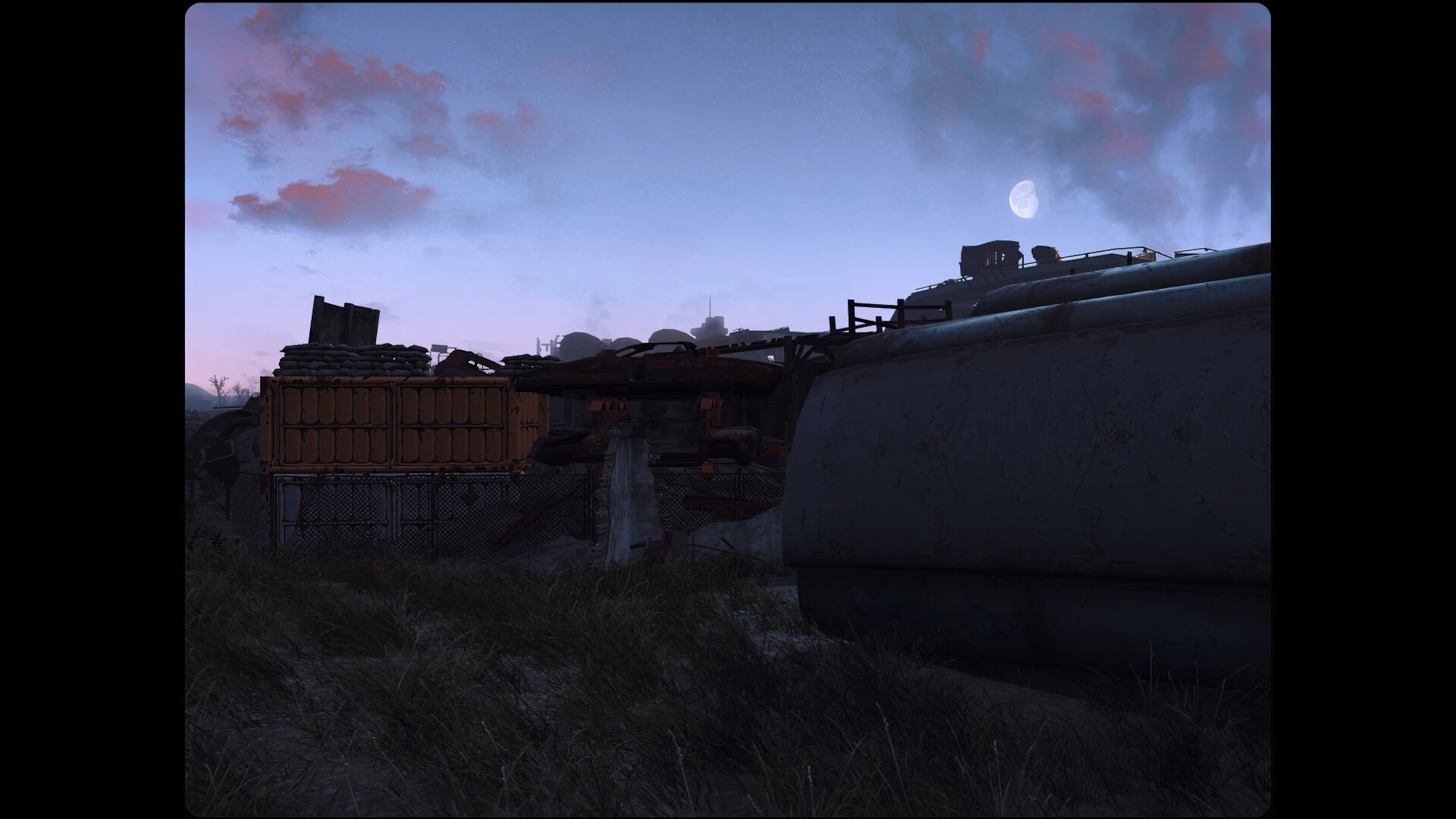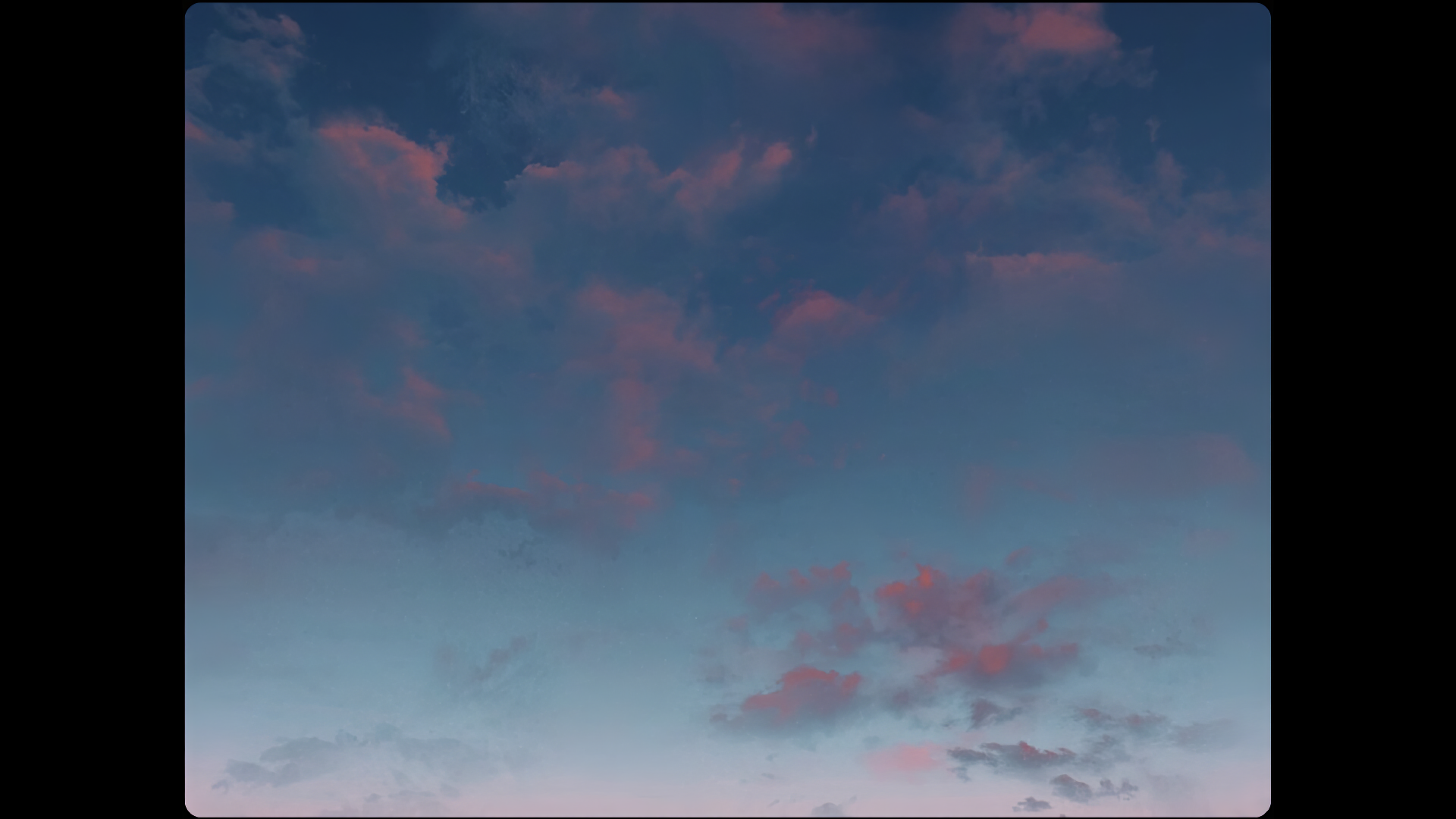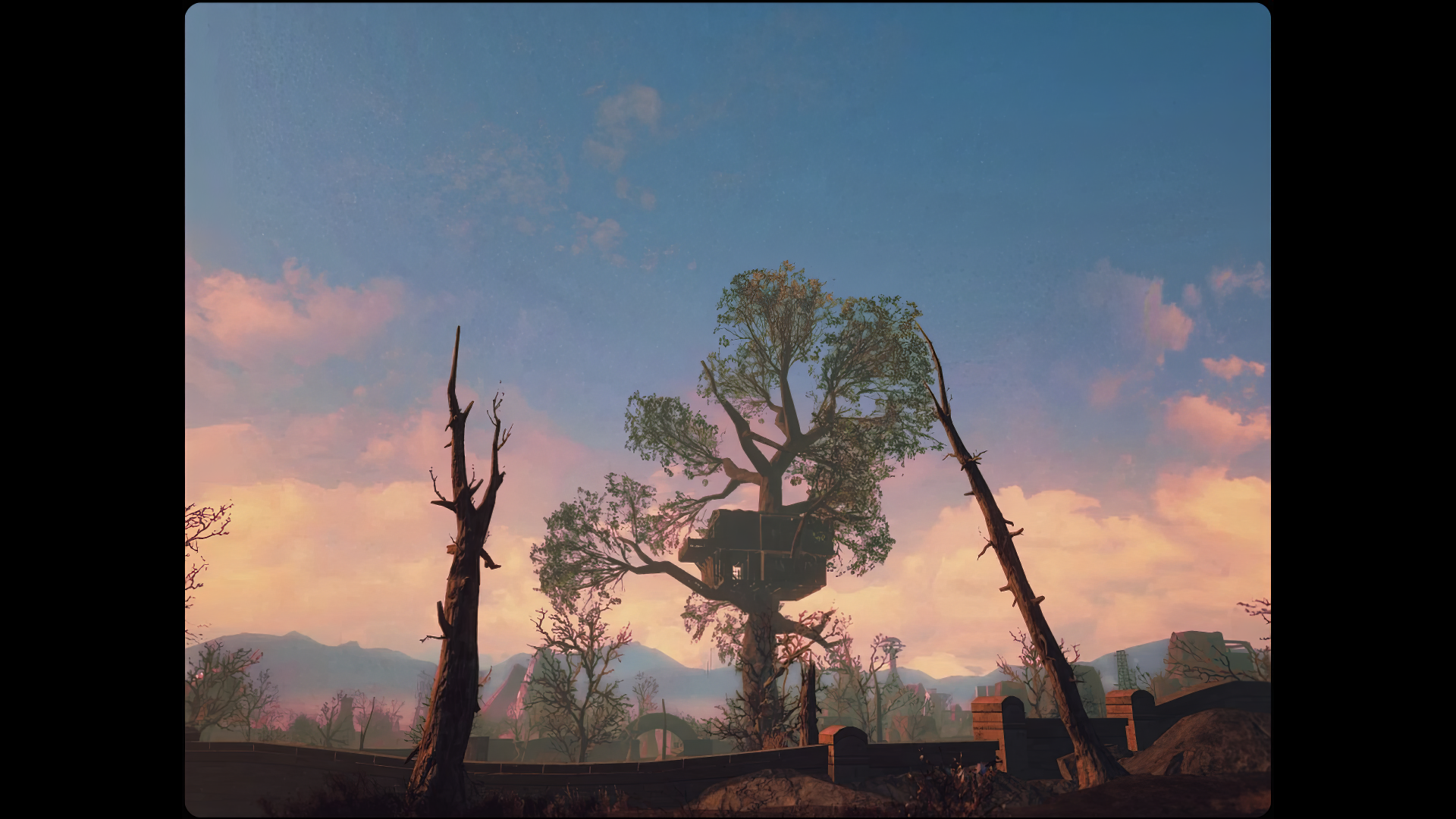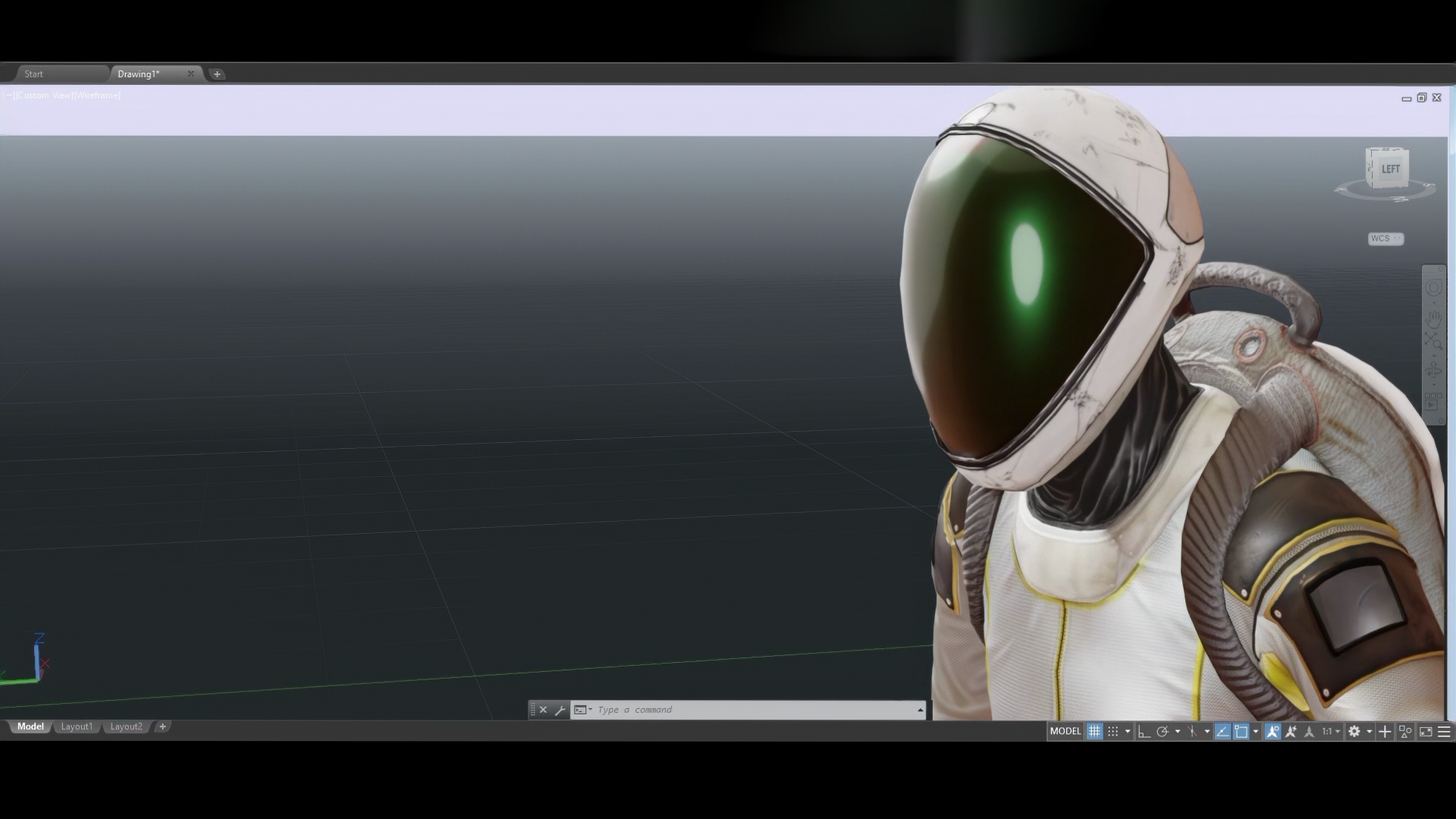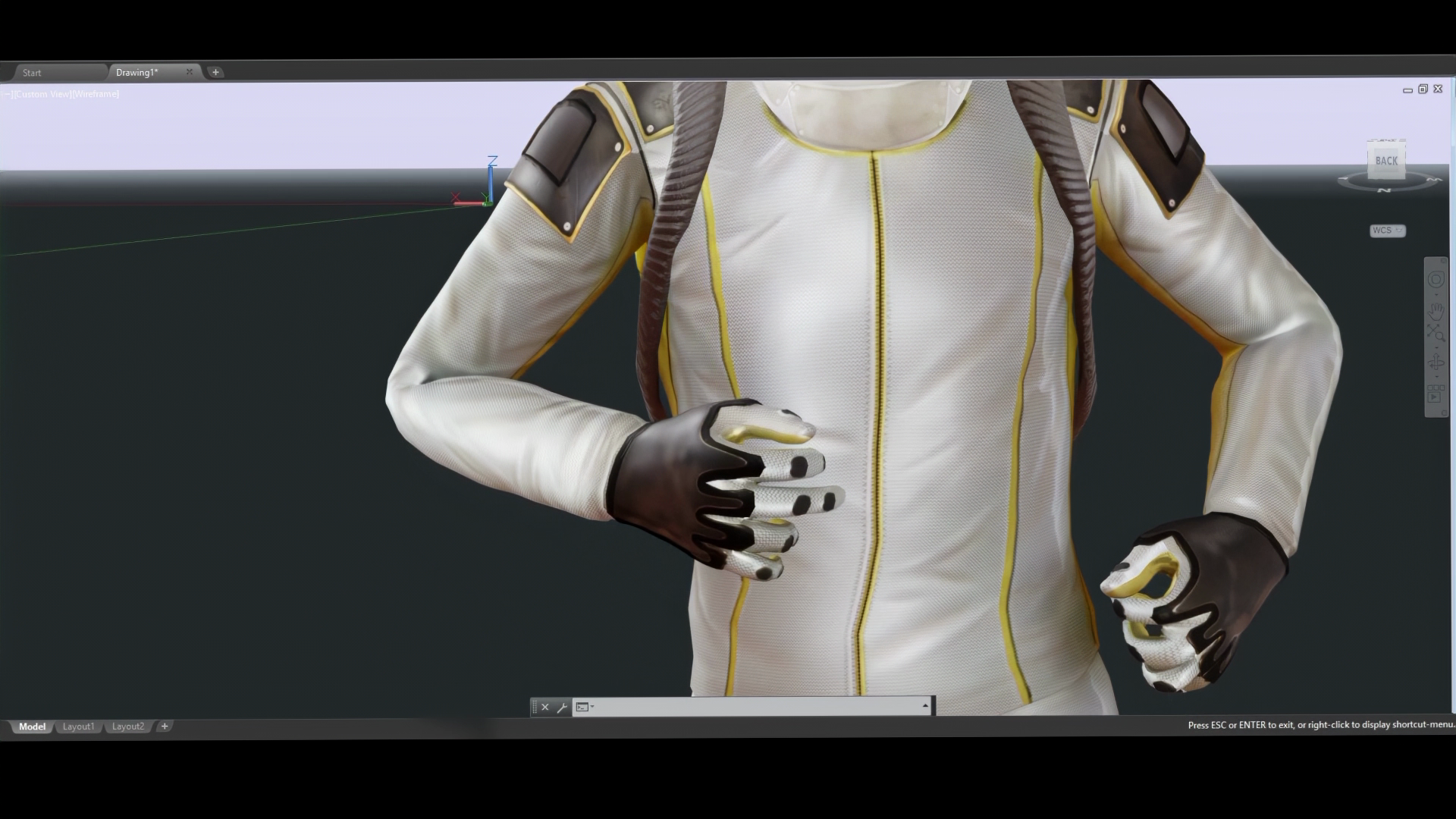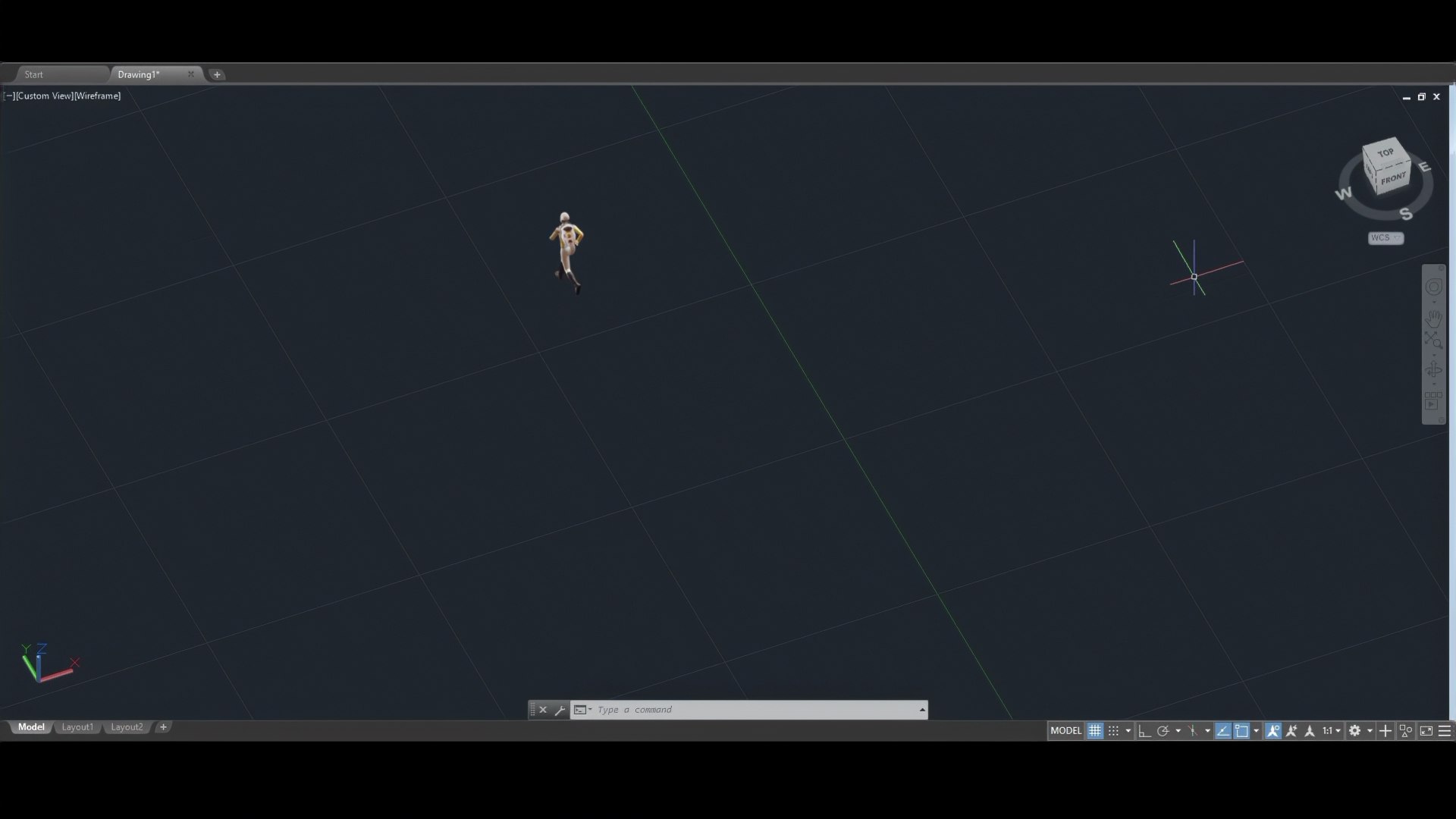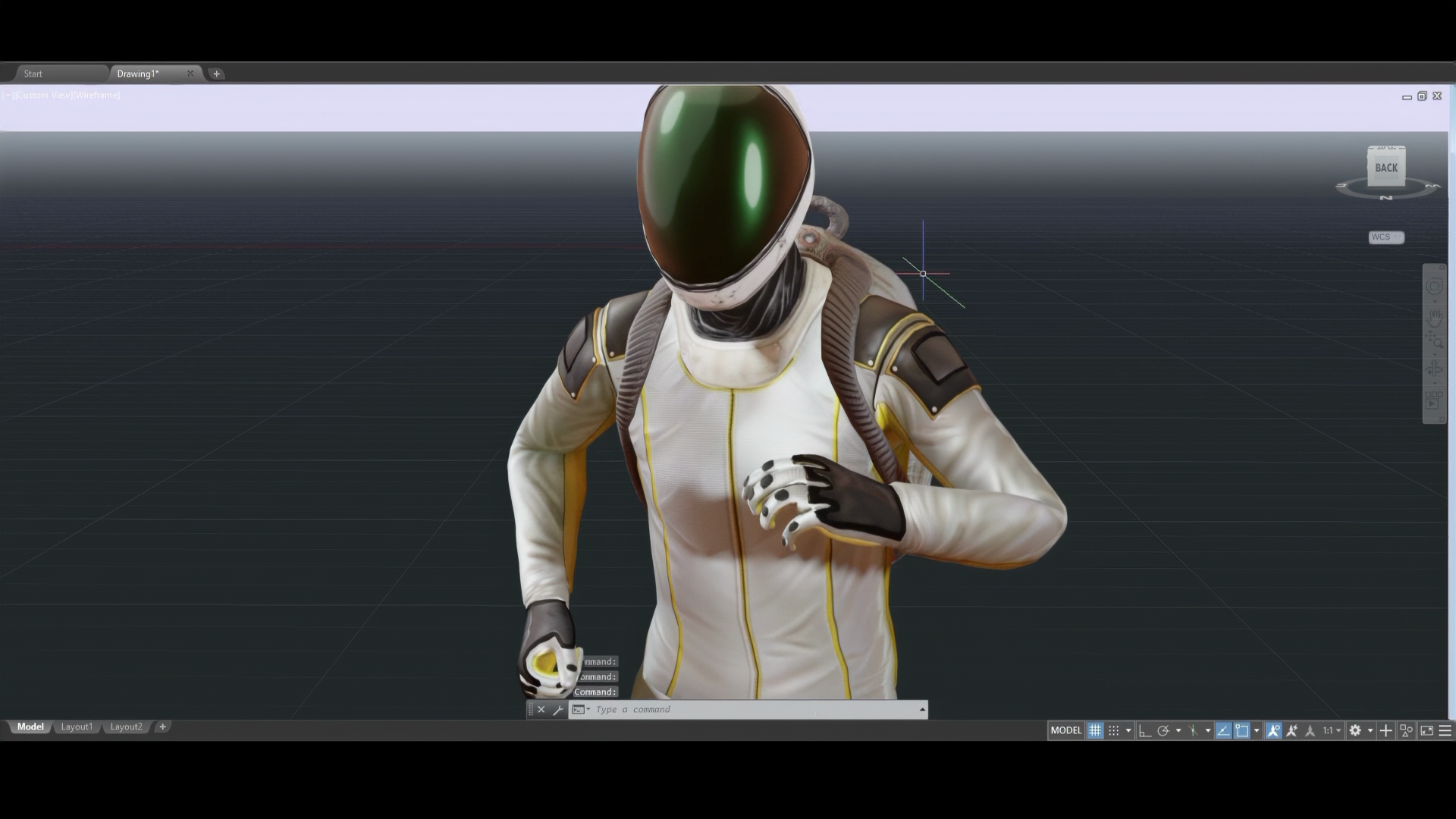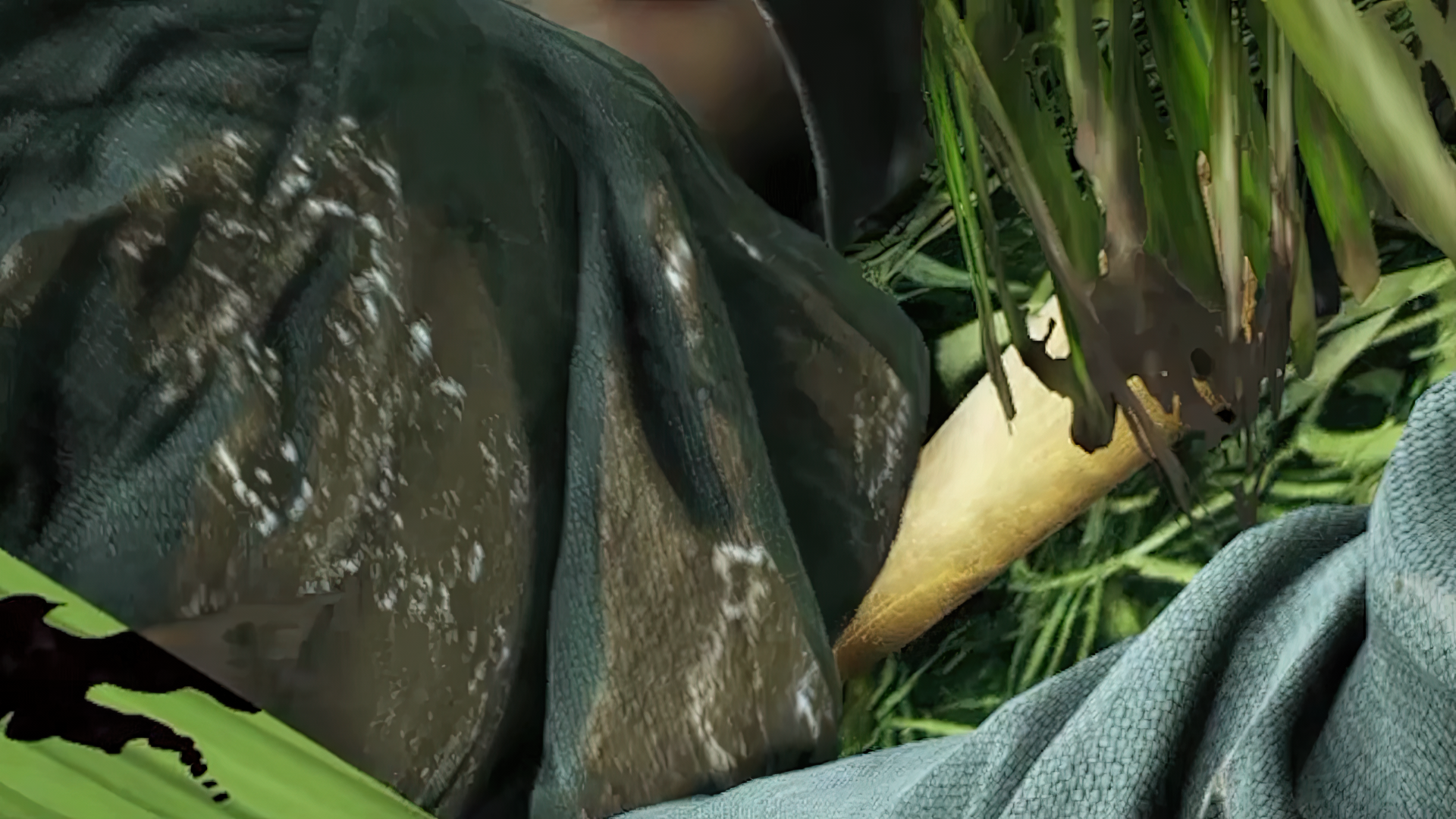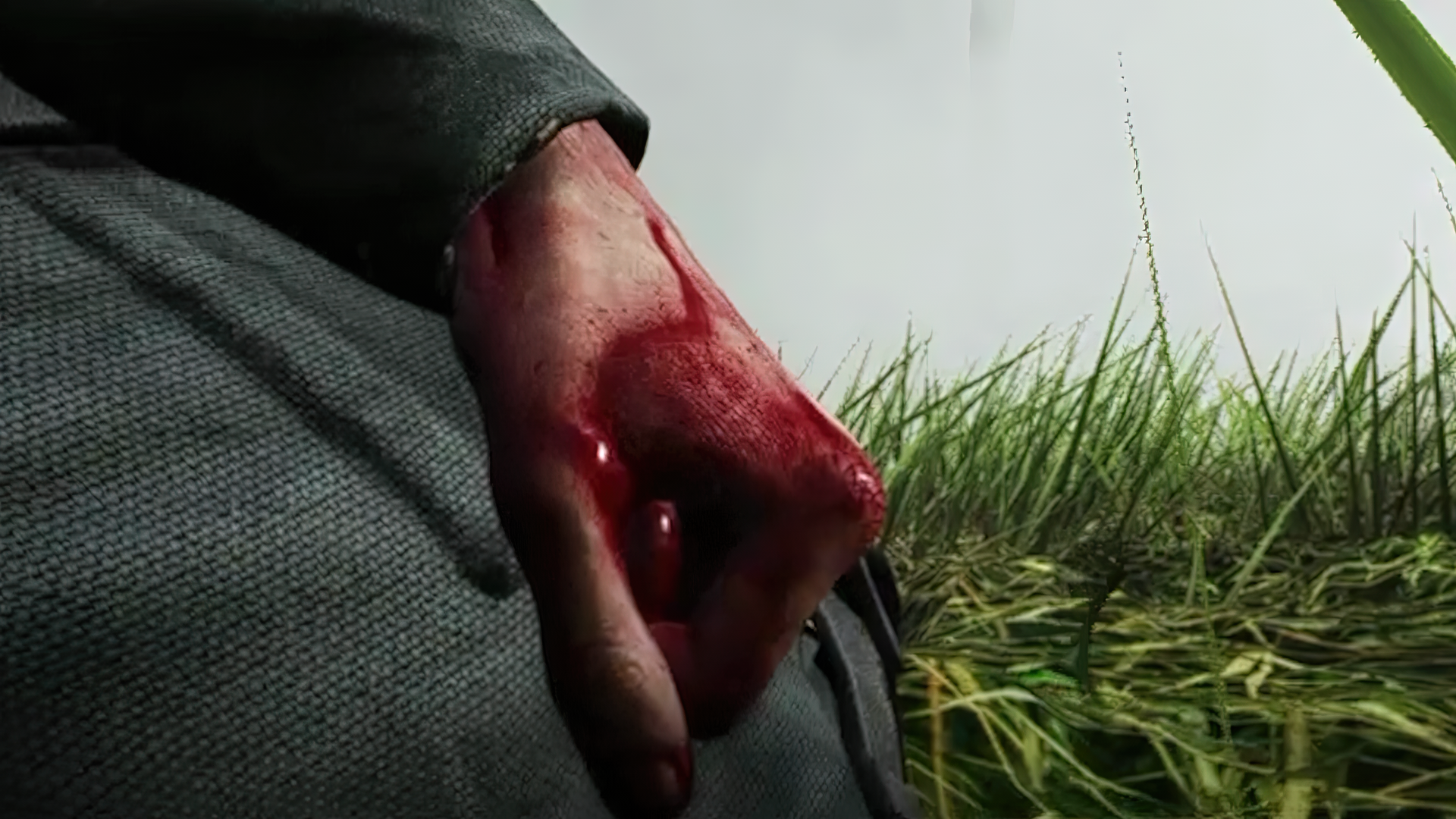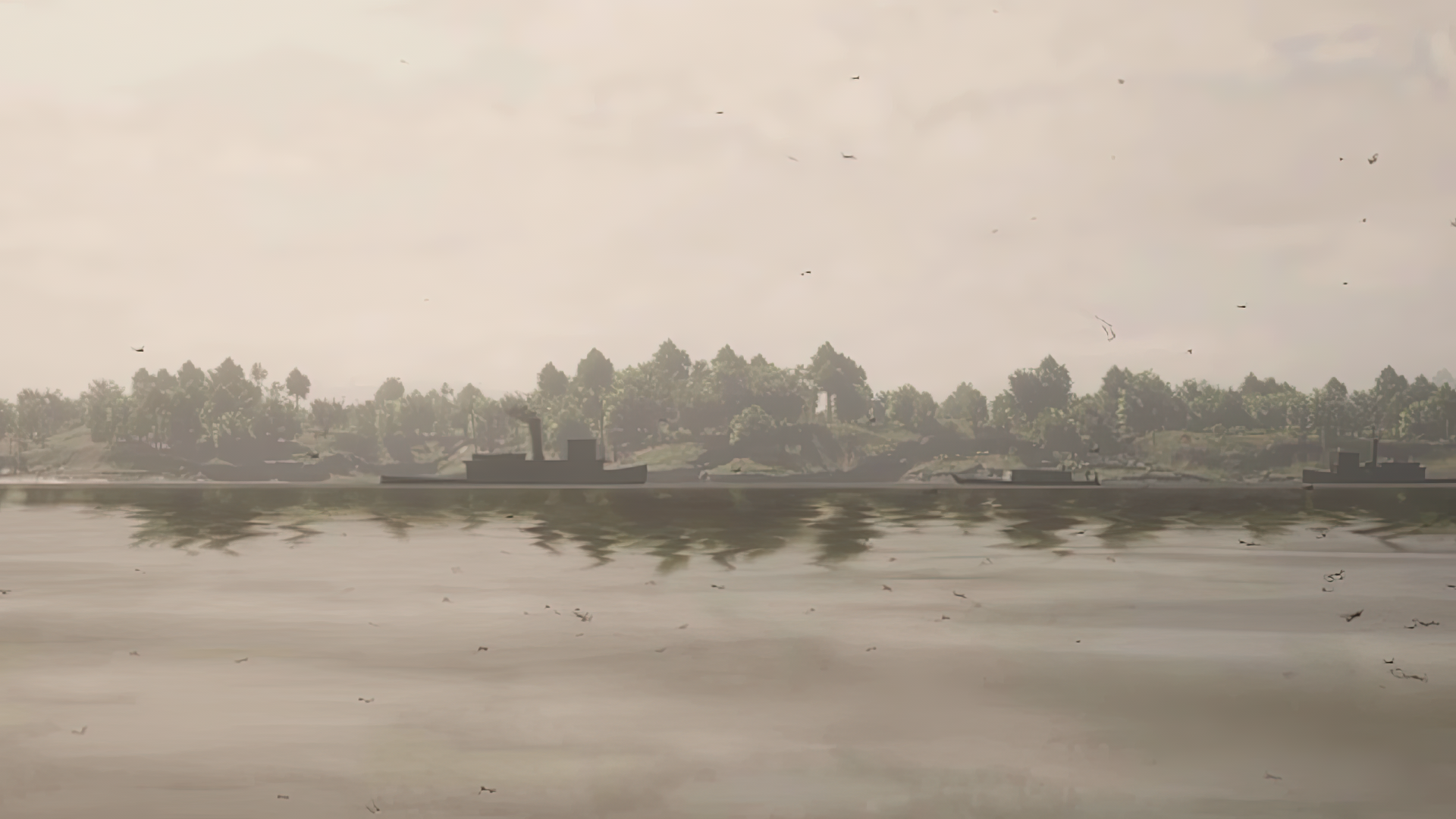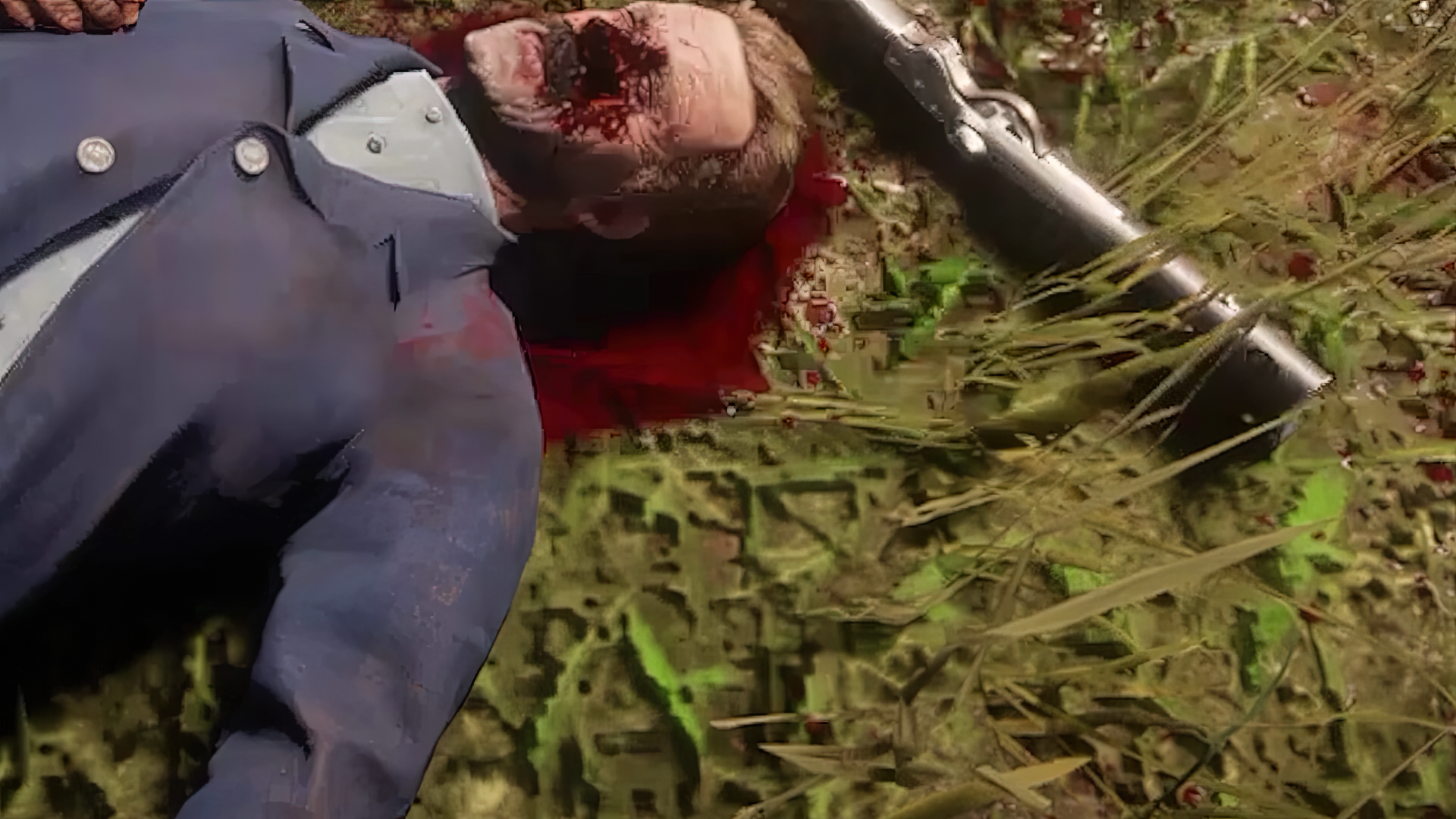The Milan Machinima Festival MMXXIV is proud to showcase the 2024 edition of Made in Italy, a curated screening of machinima created by emerging Italian artists. On Friday, March 15, three films will be screened in the Sala dei 146, with introductions by the artists themselves.
Made in Italy
March 15 2024, 14:00 - 15:00
Sala dei 146
IULM 6, IULM University
Via Carlo Bo 7, 20143 Milano
curated by Matteo Bittanti
Artists and filmmakers: Alberto Calleo, Simone Fiorentino, Elia “marasma” Strazzacappa.
The Italian machinima community is a vibrant, eclectic and experimental hub that thrives on collaboration and innovation, pushing the boundaries of creative expression through real-time computer graphics engines. These artists, often hailing from art and film schools, are not only redefining the intersection of virtual and physical realms but also addressing critical contemporary issues such as technological advancements and their societal impact.
Through their work, Italian machinima artists embark on explorations across a spectrum of themes, reflecting the multifaceted nature of modern society and the intricate dance between technology, art, and human experience. Their creations delve into the digital age’s influence on identity and self-expression, provide commentary on social and political dilemmas, blur the lines between reality and fiction, and ponder the implications of relentless technological integration into our lives. Additionally, they celebrate Italy’s rich cultural legacy by weaving traditional elements into digital narratives and experiment with the digital medium’s inherent visual properties, such as glitches and pixelation, to make unique artistic statements.
This year, the festival’s Made in Italy program honors the creativity and craftsmanship of three Italian machinima filmmakers, highlighting their diverse styles and thematic explorations:
Simone Fiorentino’s Hold On for Dear Life captures the essence of human resilience and connection in a war-afflicted city, offering a profound commentary on survival and solidarity amidst chaos.
Alberto Calleo’s The Desert of the Real, utilizing the Unreal Engine, reflects on the simulacrum concept, navigating the evolving dynamics between humans and technology, and the blending of physical and virtual experiences.
Elia “marasma” Strazzacappa’s Uncanny’s Dream presents a haunting reinterpretation of a Fabrizio De André’s song through the digital landscapes of Half-Life 2 and Garry’s Mod, exploring themes of nostalgia, alienation, and the digital footprint on the consciousness of younger generations.
Together, these works exemplify the innovative spirit and rich thematic depth of the Italian machinima scene, spotlighting the unique contributions of young Italian artists to the ongoing discourse on art, technology, and society in the age of video games and artificial intelligence.
Read more about the 7th edition of the Milan Machinima Festival



